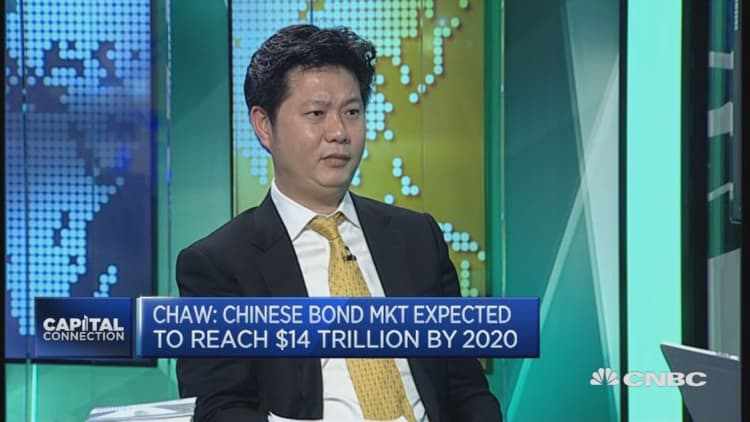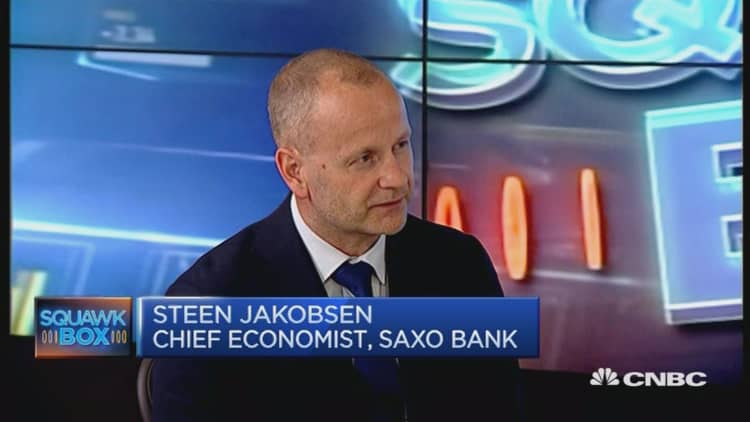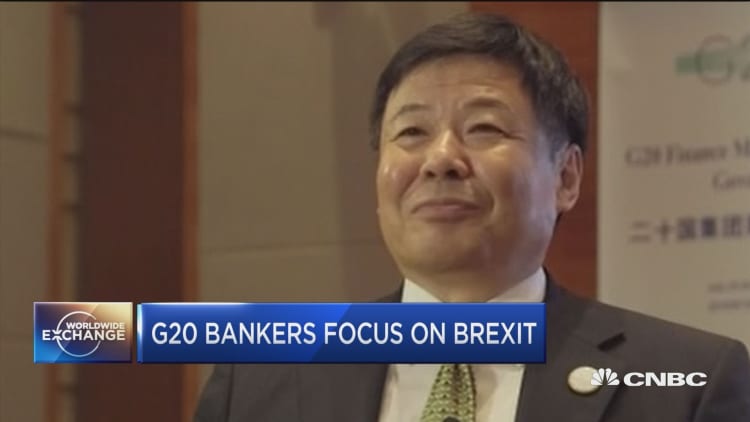


China's "shadow banking" system is masking the rise in indebtedness in China, Moody's Investors Service said in a report Wednesday.
The rating agency said overall leverage in China's economy continued to rise with credit growth outpacing the rise in nominal gross domestic product (GDP).
"The growth in overall leverage may be understated, because some of the fastest growing components of shadow banking are not included in TSF (total social financing)," said Michael Taylor, Moody's chief credit officer for Asia Pacific.
The credit growth was measured using TSF, an economic barometer of total fundraising by Chinese non-state entities, including individuals. It didn't, however, include all shadow banking activities, which have grown in recent years.
"We estimate the potential understatement to be significant, amounting to at least RMB16 trillion ($2.4 trillion) or 23 percent of GDP at end-2015, equivalent to around one-third of shadow banking," Taylor added.
Moody's said TSF flows were being sustained by formal bank credit flows supported by accommodative monetary policy.
The increasing leverage was worrying.
"The rise in overall leverage and further expansion of shadow banking activity are pushing up financial risks," said Stephen Schwartz, a Moody's senior vice president.
Moody's had a Aa3 rating on China but lowered the outlook on the country's credit rating from stable to negative in March.

